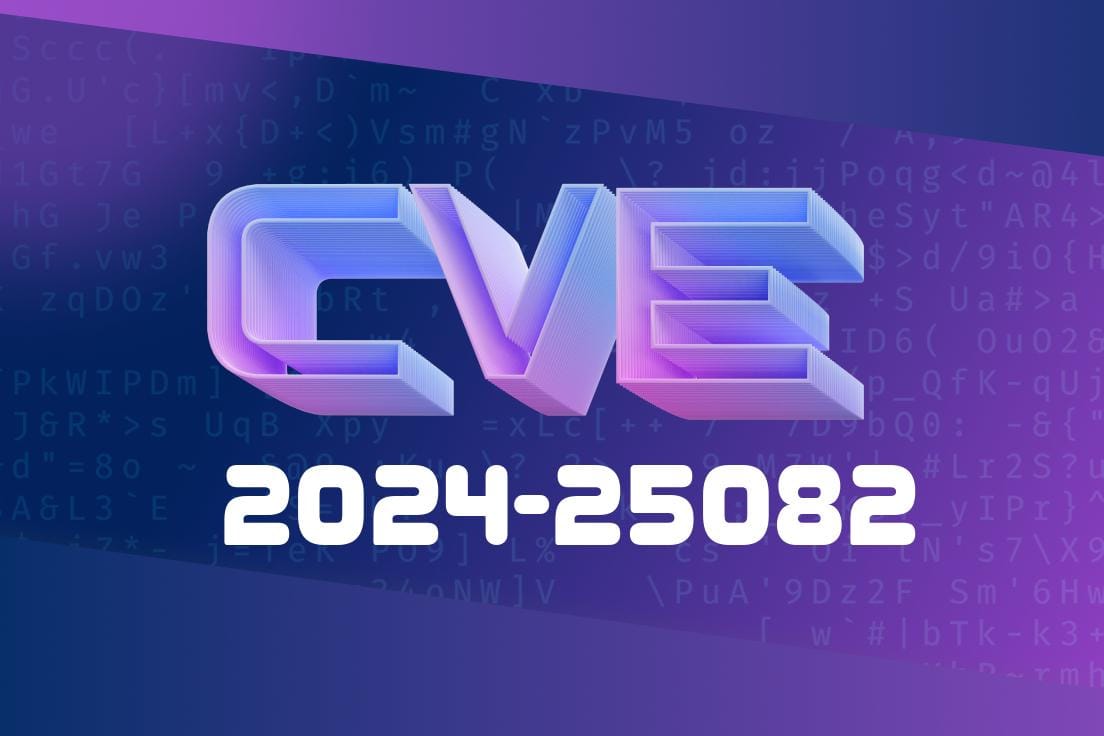A recent security vulnerability has been discovered in the Splinefont component of FontForge, a popular open-source font editor, affecting versions up to and including 20230101. CVE-2024-25082 is a critical command injection vulnerability that allows attackers to execute arbitrary commands on the victim's system by crafting malicious archives or compressed files. In this long read, we'll take a deep dive into the details of this vulnerability, the associated risks, and potential mitigation strategies.
Exploit Details
The CVE-2024-25082 vulnerability specifically affects the Splinefont component in FontForge and is caused by improper input validation when processing archives or compressed files. Command injection occurs when an attacker can trick the victim into opening a crafted archive or compressed file using FontForge. This malicious file can contain code crafted in such a way that it is executed as a command on the victim's system, without any restrictions.
Here's a quick code snippet demonstrating the vulnerable part of the code
char syscommand[1024];
sprintf(syscommand, "unzip %s", user_supplied_file);
system(syscommand);
In this code snippet, the vulnerability lies in the fact that the user-supplied input is directly passed through the sprintf() function to construct a system command that is executed using the system() function without any proper sanitation or validation whatsoever.
Original References
For further information and details regarding this vulnerability, please refer to these original references:
1. CVE-2024-25082 - NVD
2. FontForge GitHub Repository
Use the compromised system as a pivot point for further attacks on the network
Considering the potentially catastrophic consequences associated with this vulnerability, it is crucial for users to be aware of its existence and take appropriate steps to mitigate possible risks.
To mitigate the risks associated with CVE-2024-25082, users are recommended to
1. Upgrade FontForge to the latest version available: Version updates often include bug fixes and security patches. Keep your FontForge installation up-to-date to benefit from the latest improvements and security measures.
2. Never open untrusted files: Do not open archives or compressed files from untrusted sources in FontForge. Attackers might use social engineering tactics to persuade you to open a malicious file. Always verify the authenticity and integrity of any files you download or receive from others.
3. Apply input validation and sanitization: Developers should always validate user inputs and sanitize them before handling them in the application. This can effectively prevent command injections as well as various other types of exploits.
Conclusion
In conclusion, the CVE-2024-25082 vulnerability poses a serious risk to FontForge users due to its command injection nature. By understanding the vulnerability, its exploit details, risks, and potential mitigation strategies outlined in this long read post, users can actively protect themselves against this potentially dangerous vulnerability. Always exercise caution when dealing with user input and stay up-to-date with the latest security news and updates to stay safe in the evolving online landscape.
Timeline
Published on: 02/26/2024 16:27:58 UTC
Last modified on: 05/01/2024 19:15:22 UTC
